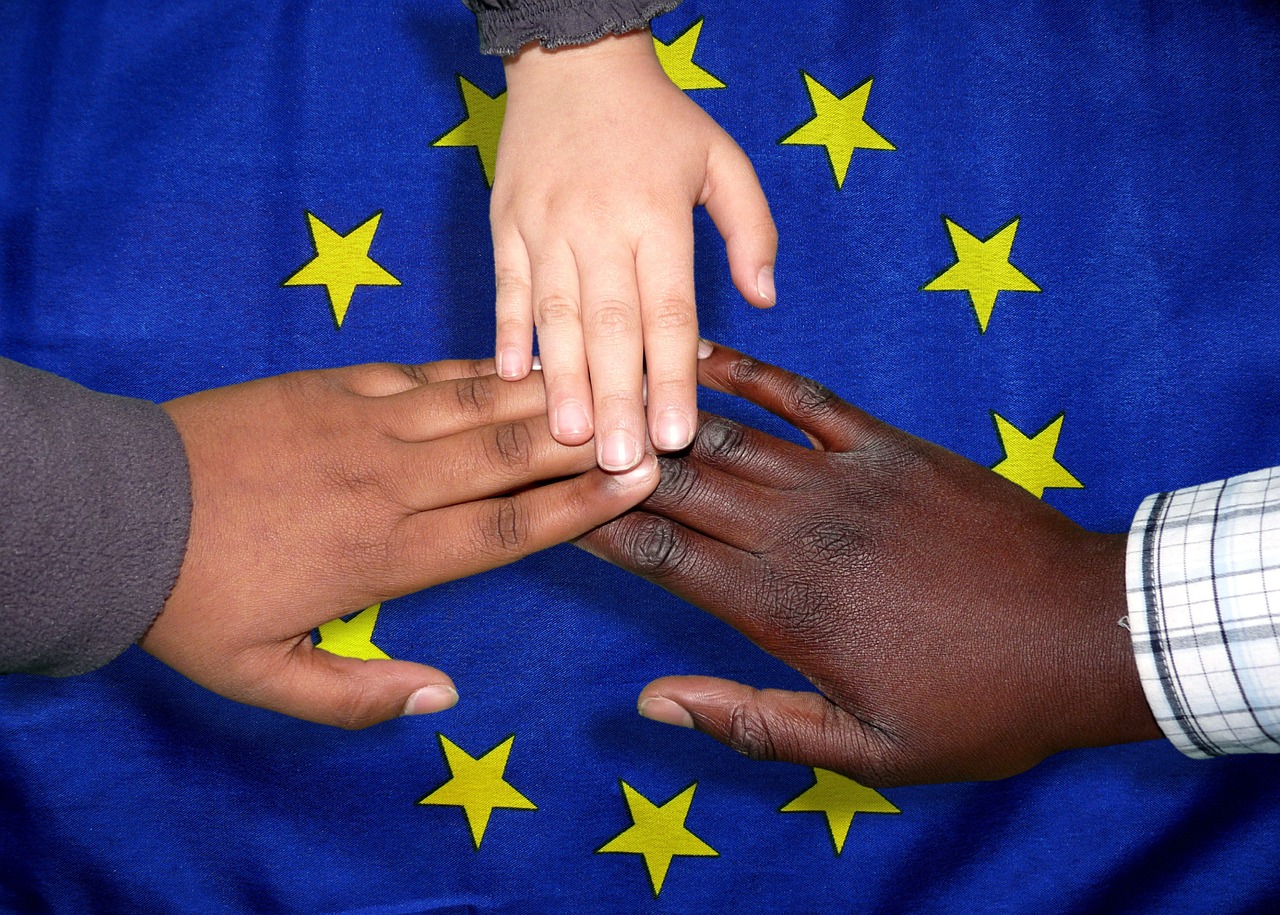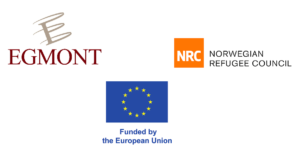EHF 2024: preliminary brainstorming sessions – Humanitarian Funding Gap: What would it take?

Date
25 January 2024
Time
10:00-13:00
Location
Meeting room of the Egmont Institute, Rue des Petits Carmes 24A, B-1000 Brussels
Type of Event
Brainstorming
Organisation
Egmont Institute and NRC

Concept
This brainstorming session will explore how traditional and non-traditional donors can come together to address the significant challenges posed by the humanitarian funding gap. It will draw on statements from major global and regional institutions that emphasise cooperation with non-DAC countries. The aim is to identify factors that could either facilitate or hinder future negotiations on more universal support for the humanitarian sector, given that both the current system and the narrative are unappealing to many. Is the prospect of a collective common good promising enough or should we also look at other incentives?
Rationale
Humanitarian funding trends in DAC countries show a clear pattern: major donors have announced significant cuts in their budgets, while budgetary perspectives of Europe, one of the largest contributors, remain blurred. This imbalance in projections of gains and losses will ultimately have an impact on the entire humanitarian ecosystem.
Identified sources for expanding the funding base remain limited:
• Individual donations have seen a gradual slowdown in growth over the past five years and are anticipated to face additional challenges due to the projected global economic downturn.
• Despite the potential of the private sector to significantly contribute to financing global priorities like addressing climate change, achieving sustainable development goals, and tackling social inequalities, their current share in global humanitarian funding is only 1%.
• States continue to be the most effective and practical entities for mobilizing funds for humanitarian needs, especially in a context where these needs might be overshadowed by global issues considered more urgent by the general public and the business community.
Encouraging DAC members to maintain their commitment, pursuing efforts towards a more efficient humanitarian system and enhanced coordination between humanitarian and development funding are crucial steps to match the increasing needs. However, these actions alone won’t be enough to bridge the growing gap; more contributors, including non-traditional donors, must join the effort or their contributions need to be better utilized.
Simultaneously, alternative aid approaches could benefit from greater consideration within the global and official aid system. Strengthening the understanding of solidarity mechanisms that fall outside the remit of the Global Humanitarian Overview (GHO) would likely require a dialogue on which terms and considerations are acceptable to all parties involved.
Programme
Opening
• Jean-Louis De Brouwer, Director of the European Affairs Programme, Egmont Institute
Keynote introduction
• Michael Koehler, Deputy Director General, DG ECHO (outgoing) – Ambassador and Co-Lead of the Grand Bargain (DGAP)
Working Assumptions
• Thierry Benlahsen, Senior Consultant, Egmont Institute
Question 0 – What are the historical trends and current contributions of non-DAC donor countries to humanitarian funding?
• Niklas Rieger, Crisis & Humanitarian Co-Lead, Development Initiatives
Question 1 – What are the drivers and redlines that underpin the humanitarian strategies of non-DAC States?
Following a surge in non-DAC donors’ contributions to the humanitarian system from 2005 to 2018, the average level of funding recorded through the FTS experienced a significant decline. What factors did contribute to this withdrawal? Are these states involved in humanitarian efforts through other means? What insights can we gain from successful instances of alternative solidarity initiatives undertaken by non-DAC states?
Question 2 – What are the obstacles to a truly “global” engagement around humanitarian issues?
Figures and reporting patterns suggest that the allure of “joining the club” has diminished, and the existing structure of the humanitarian system appears to discourage many non-DAC States. Is there a problem with the narrative surrounding humanitarian efforts? What conditions would persuade non-DAC donors to collaborate and synchronize their initiatives?
Question 3: What does this mean for DAC and traditional donors – including the European Union?
Dialogue, and even the momentum, concerning non-DAC donors gradually waned after 2015, and the humanitarian sector appears to maintain its general indifference toward alternative aid approaches. What elements of the current system should traditional donors and the UN system reevaluate to foster a more inclusive engagement? What role could and should the EU undertake in addressing this issue?
Conclusions
• Jean-Louis De Brouwer
(Photo credit: Ralphs_Fotos- pixabay)